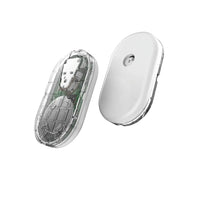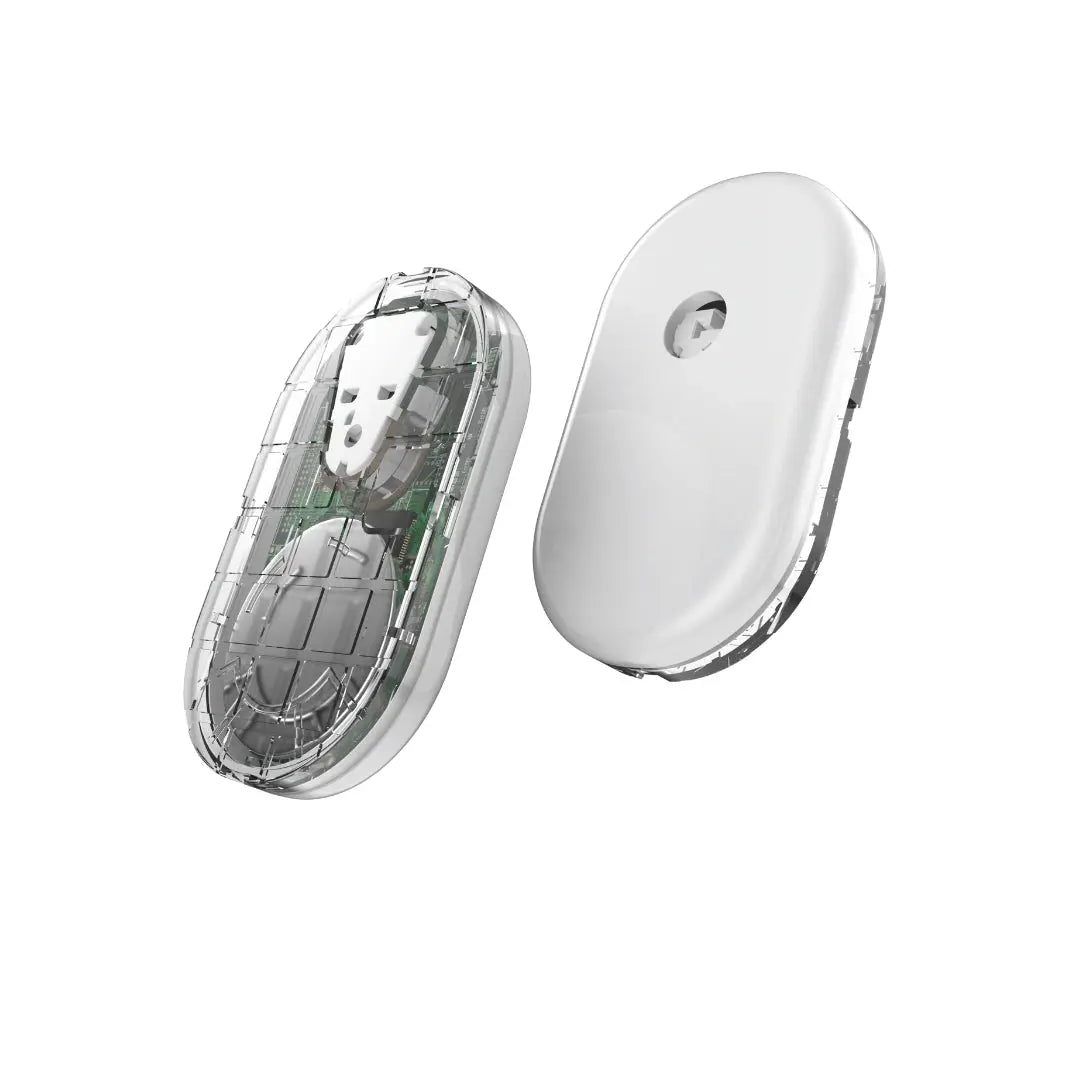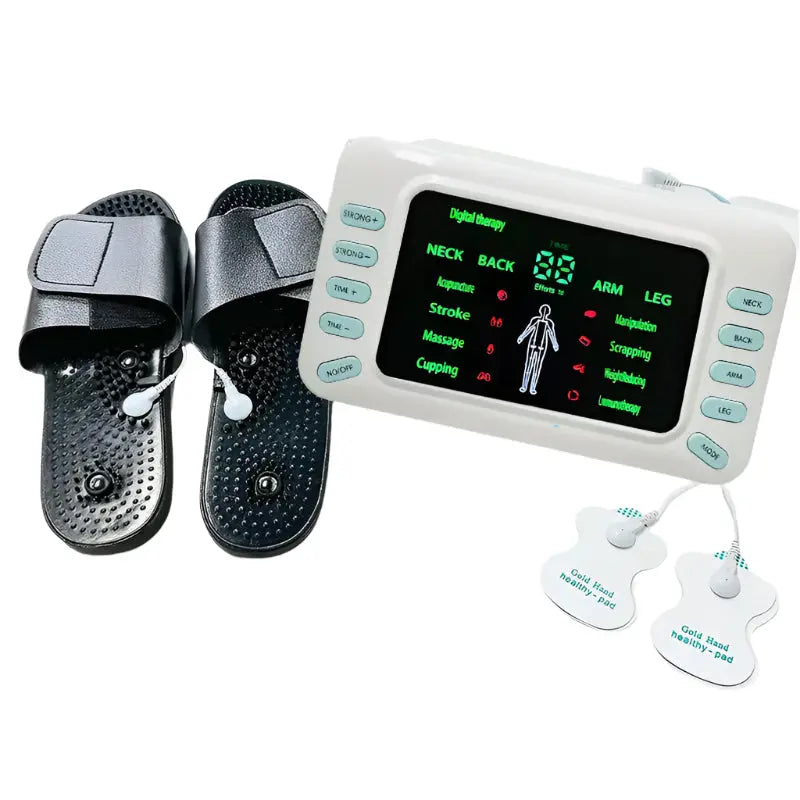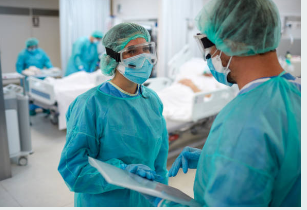Introduction
Healthcare workers are the unsung heroes of every outbreak, from COVID-19 and tuberculosis (TB) to high-risk viruses like Ebola. But while they protect others, who protects them?
The answer lies in Personal Protective Equipment (PPE), the essential barrier between healthcare staff and infectious threats. Proper use of PPE such as nitrile gloves and FFP2/KN95 masks, plays a vital role in reducing transmission, ensuring the safety of both medical teams and patients.
Why PPE Matters in Healthcare Settings
In healthcare environments where infections can spread rapidly, PPE isn’t just a precaution but a lifesaving necessity.
Barrier Protection → Prevents direct contact with infectious fluids and respiratory droplets.
Reduces Transmission → Limits the spread of diseases within hospitals and clinics.
Protects Staff & Patients → Healthy staff ensure safer patient outcomes.
Compliance with Global Standards → Recommended by WHO nd CDC for all high-risk care settings.
At Berflow Health, we believe that protecting caregivers is the first step toward protecting communities.
Nitrile Gloves: A Safer, Smarter Alternative to Latex
Nitrile gloves have become the gold standard for healthcare safety due to their superior durability and allergy-free composition.
Benefits of Nitrile Gloves
-
Resistant to punctures, chemicals, and infectious fluids
-
Latex-free — reducing allergic reactions for staff and patients
-
Comfortable and flexible for long shifts
-
An effective barrier against a wide range of pathogens
Tip: Always change gloves between patients and never reuse them, even after disinfection.
🛒 Shop our nitrile examination gloves, designed for comfort, precision, and maximum protection.
FFP2 & KN95 Masks: Essential Defense Against Airborne Threats
Respiratory protection is vital when dealing with airborne infections like COVID-19, tuberculosis, and influenza.
Why FFP2/KN95 Masks Are a Must
-
Filter out at least 94–95% of airborne particles
-
Provide a tighter seal than standard surgical masks
-
Recommended for high-risk clinical environments
-
Reduce exposure during aerosol-generating procedures (like intubation or suctioning)
When to Use
During care of patients with suspected or confirmed infections
In outbreak zones or poorly ventilated environments
During aerosol-generating medical procedures
Tip: Perform a fit test to ensure no air leaks — a mask that doesn’t seal properly offers little protection.
Explore our FFP2 & KN95 respirator masks for certified medical-grade protection.
Best Practices for PPE Use in Healthcare
To maximize protection, proper use is just as important as quality PPE.
-
Hand Hygiene First: Wash or sanitize before wearing gloves or masks.
-
Don & Doff Safely: Follow infection control steps to prevent self-contamination.
-
Never Reuse Disposable PPE: Replace gloves and masks after each use.
-
Ensure Proper Fit: Masks must seal tightly without gaps.
-
Training & Compliance: Regular staff training ensures consistent safety standards.
Learn more from the World Health Organization’s PPE Guidelines
PPE in Action: Lessons from Past Outbreaks
-
Ebola (2014–2016): Full PPE: gloves, masks, gowns, and face shields was critical to stopping transmission.
-
Tuberculosis: N95/FFP2 masks remain the global standard for preventing airborne spread.
-
COVID-19 Pandemic: Highlighted PPE’s crucial role in protecting frontline workers and preventing hospital outbreaks.
Each outbreak reaffirmed a single truth: PPE saves lives.
Conclusion
Protecting healthcare workers is not optional; it's essential. With the right PPE, including nitrile gloves and FFP2/KN95 masks, hospitals can minimize exposure risks, safeguard staff, and strengthen infection control systems worldwide.
At Berflow Health, we’re committed to delivering high-quality, WHO-compliant PPE that healthcare heroes can rely on. Because when healthcare staff are protected, everyone is protected.





